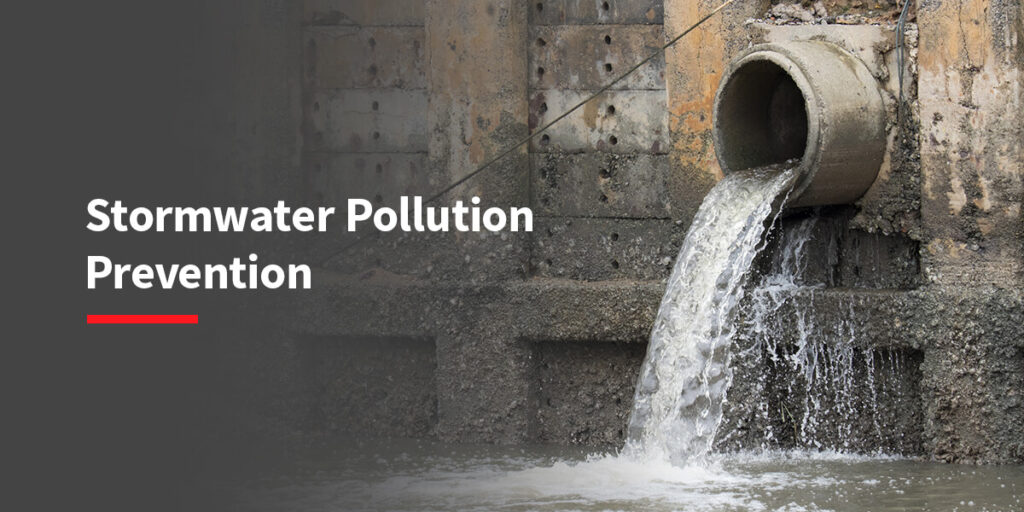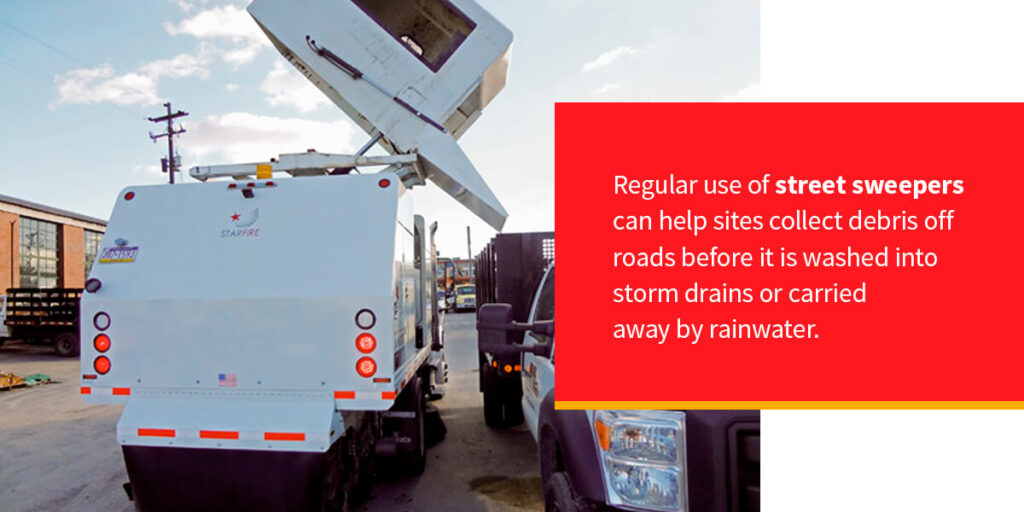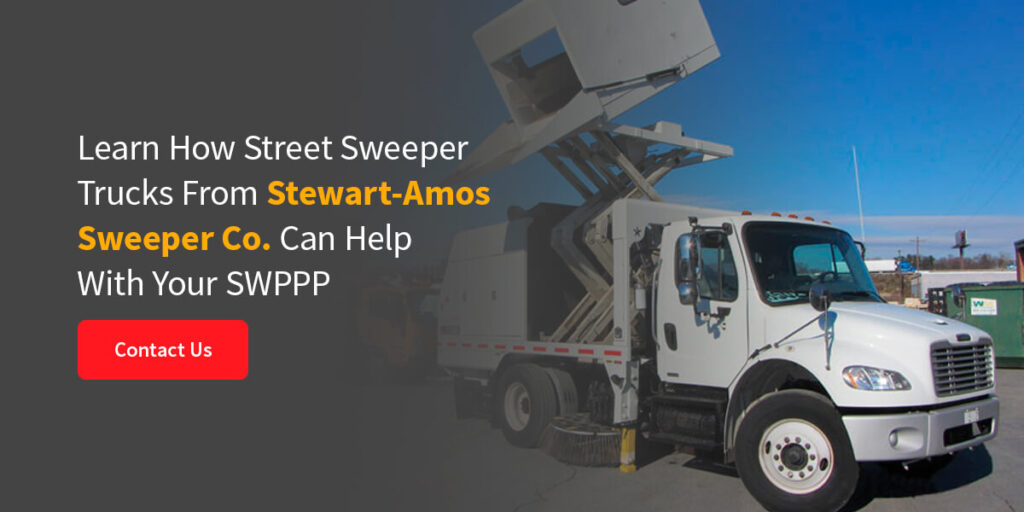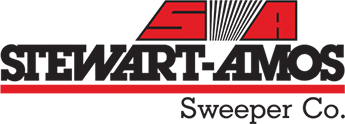
Construction projects can have harmful effects on the land and water in the surrounding environment. Rainwater can carry sediment and debris from job sites to storm drains. Because runoff from construction sites can contaminate and pollute water, having a stormwater pollution prevention plan (SWPPP) is crucial.
Every SWPPP should outline how a construction zone is proactively taking measures to help preserve water quality.
Learn more about stormwater pollution prevention and crafting a plan that prioritizes water quality on your construction site.
What Is a Stormwater Pollution Prevention Plan?
A stormwater pollution prevention plan (SWPPP) is a written document that outlines the possibilities for water pollution on a specific site. It also details the steps that workers should take to prevent the spread of unpermitted pollution before it happens.
What Is SWPPP in Construction?
Construction projects can have serious impacts on the surrounding environment. Because of this, the United States Environmental Protection Agency (EPA) has rules and regulations for construction companies and contractors to follow.
The EPA requires construction sites to have a designated stormwater pollution prevention plan that highlights the requirements on-site contractors must comply with.
Who Is Responsible for SWPPP?
The owner of a construction site is ultimately responsible for creating a construction stormwater pollution prevention plan. Some states like California require qualified SWPPP developers to create plans.
The EPA provides templates on their website for crafting your own SWPPP for construction sites and small residential lots.
What Are the Goals of SWPPP?
When developing your stormwater pollution prevention plan, there are some primary goals to keep in mind.
1. Preserve and Improve Water Quality
The ultimate goal of having an SWPPP is to improve water quality and control the number of pollutants that enter the water supply. Construction companies must oversee their processes carefully to ensure they do their part in preserving water quality.
2. Identify Conditions and Activities That Could Cause Water Pollution
Another objective of an SWPPP is identifying the areas and activities on a specific worksite that could lead to water pollution. By comprehensively noting where and how pollution could occur on-site, contractors can take the necessary preventative measures.
3. Determine Steps to Prevent Water Pollution
One of the main goals of an SWPPP is to describe the practices needed to reduce pollutants in stormwater discharges from a particular site. The plan should outline proactive measures such as street sweeping or installing perimeter sediment controls to keep pollutants from the site away from the local water supply.
4. Compliance With Stormwater Regulations
Every construction site needs to comply with stormwater regulations from government entities at every level, from federal to local. Typically, construction sites equal to or bigger than one acre need to have a permit from the National Pollutant Discharge Elimination System (NPDES). For you to obtain a permit, your site must meet SWPPP requirements.
What Should an SWPPP Include?
An SWPPP needs to outline the procedures and equipment required to prevent water pollution on a construction site. Every SWPPP should have the following.
1. Description of the Site
An industrial SWPPP should note the name and address of the site as well as the activities that occur there. You should also include a site map that exhibits the geographic location of the site.
The SWPPP should include the following as part of the site description:
- The locations of receiving waters
- The direction that stormwater flows from the site
- Site of all stormwater conveyances
- Placement of secondary containment structures
- Locations and amount of potential stormwater pollutants
- Spots where spills have occurred
- Stormwater monitoring points
- Sources of run-on from adjacent properties
In addition to these, you should include locations of the following as well:
- Fueling stations
- Offloading areas
- Outdoor storage
- Tanks
- Transfer areas
2. Members of the Pollution Prevention Team
An SWPPP should include the names of the people on the designated Pollution Prevention Team. These people are in charge of ensuring that everyone follows the best practices regarding water quality and pollution. You should share both the names and the positions of each member in the SWPPP.
3. Possible Causes of Pollution
Every SWPPP needs to note all activities where leaks or spills can occur and where they have occurred over the last three years.
Note any uncovered outdoor storage and areas where rain or snow could carry loose materials to drains. Vehicles and equipment can leak oil and fuel that contributes to water pollution. Include areas where equipment fueling and servicing occurs.

4. Control Measures and Procedures
Every SWPPP should note all housekeeping and cleanup measures to control pollutants on site. The following are common strategies for keeping pollution at bay:
- Regular equipment inspections
- Prompt clean-up of small leaks
- Routine waste removal
- Shelter for materials
Regular use of street sweepers can help sites collect debris off roads before it is washed into storm drains or carried away by rainwater. Sweepers are a major tool for dust and soil containment.
5. Response Plans
Since not every proactive measure is fool-proof and accidents happen, every SWPPP plan should include steps to follow in the event of a spill. This is key for avoiding fines and controlling spills before they get out of control.
6. Inspections and Monitoring
Monitoring stormwater outflows in accordance with any established limitations is very important for an SWPPP. Many states require sites to track their results and submit reports to ensure compliance.
Every site needs to perform routine inspections to make sure everyone is following the necessary proactive procedures.
7. Employee Training
Every SWPPP needs to include an outline of the employee training program that instructs employees on the best practices for preventing stormwater pollution. Each plan should note employees’ roles and any training protocols in place.
How Often Does an SWPPP Need to Be Updated?
Businesses should review every SWPPP in construction on an annual basis. Major changes to topography also warrant a review. Most contractors make updates regularly, but you should update your SWPPP at least once a year.
Once you draft your plan, most local government agencies require you to submit it to get an NPDES permit. It typically takes around seven days to get an SWPPP approved.

Learn How Street Sweeper Trucks From Stewart-Amos Sweeper Co. Can Help With Your SWPPP
A street sweeper truck can transform your business and help with water pollution prevention. We manufacture nine different models to meet all your street sweeping needs. Our high-quality mechanical brooms effectively take care of all kinds of debris.
Interested in learning how a street sweeper truck can help you meet the requirements of your SWPPP? Contact Stewart-Amos Sweeper Co. today!
